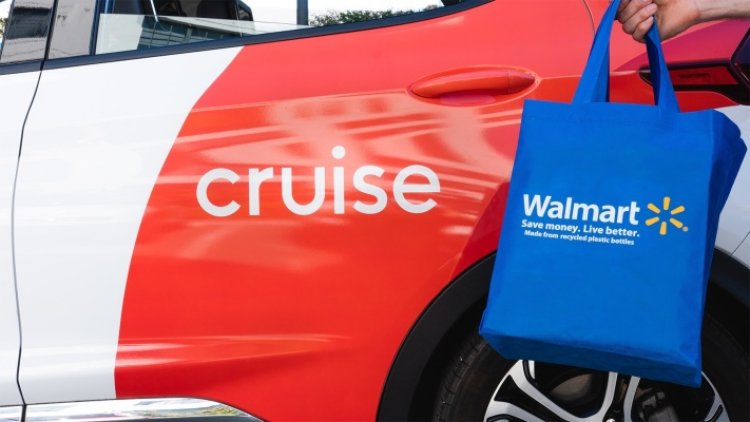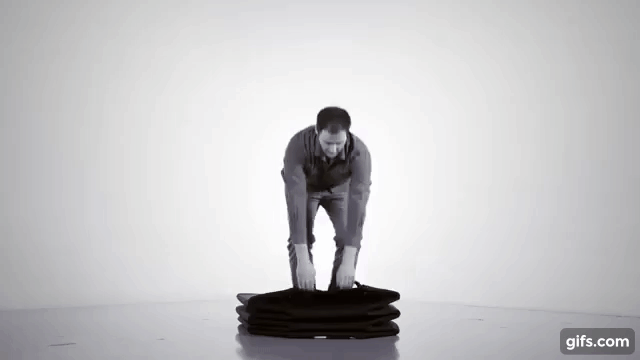Walmart is expanding autonomous delivery pilot with GM’s Cruise this year
Cruise plans to expand the self-driving delivery pilot it has with Walmart in Arizona, the company’s senior government affairs manager said in a recent public meeting with state legislators. The autonomous vehicle company, which is a subsidiary of GM, is mostly focused on testing — and eventually launching — a commercial robotaxi service in California. […]

Cruise plans to expand the self-driving delivery pilot it has with Walmart in Arizona, the company’s senior government affairs manager said in a recent public meeting with state legislators.
The autonomous vehicle company, which is a subsidiary of GM, is mostly focused on testing — and eventually launching — a commercial robotaxi service in California. But Cruise also has a small fleet of electric autonomous Chevy Bolts in Arizona as part of a limited pilot program with Walmart.
Today, that pilot involves just one Walmart store located on Salt River Pima-Maricopa Indian Community lands near Scottsdale. The autonomous vehicles all have human safety operators behind the wheel. The company plans to expand to as many as eight Walmart stores in 2022, Carter Stern, Cruise’s senior government affairs manager, said during an Arizona Senate Transportation Committee meeting held earlier this month.
“We’ll really continue to see that grow in Arizona first and then it’ll be exported to the rest of the country,” Stern said in describing the intended ramp-up of the program. Cruise employs more than 100 people in Arizona, which includes the team that monitors the company’s global fleet. That group is expected to grow, although Stern didn’t provide a figure or timeline for when more people would be hired.
The comments provided by Stern provided a rare insight into Cruise’s activity in Arizona and its pilot with Walmart, which for now is the only source of revenue for the company.
While the bulk of Cruise’s operations is in San Francisco, the company cannot currently charge for ride-hailing services (or delivery, for that matter) in the state because it lacks the proper permit from the California Public Utilities Commission. (Cruise has been providing free delivery services through its partnership with San Francisco Marin Food Bank & the SF New Deal. The company told TechCrunch it has completed 113,000 deliveries to date.)
Cruise has nearly all of the permits required to operate and charge for rides in vehicles that operate without a human driver behind the wheel. It has the three permits required by the California Department of Motor Vehicles to test and deploy “drivered” and driverless vehicles, including one that allows it to carry the public. It also applied for a permit with the California Public Utilities Commission to charge for those rides, though the company has not yet received that permit.
Earlier this month, Cruise opened up its driverless robotaxi service to the public in San Francisco. For now, these rides are free and a public waitlist has been set up via Cruise’s website. The company has previously said that members of the public who join the waitlist will not have to sign a non-disclosure agreement before using the service.
Cruise’s initial driverless service is available from 11 p.m. to 5 a.m. Cruise tests its autonomous Chevy Bolt vehicles throughout San Francisco. However, the driverless service is limited to certain areas and streets within the Haight-Ashbury, Richmond District, Chinatown and Pacific Heights neighborhoods.

















